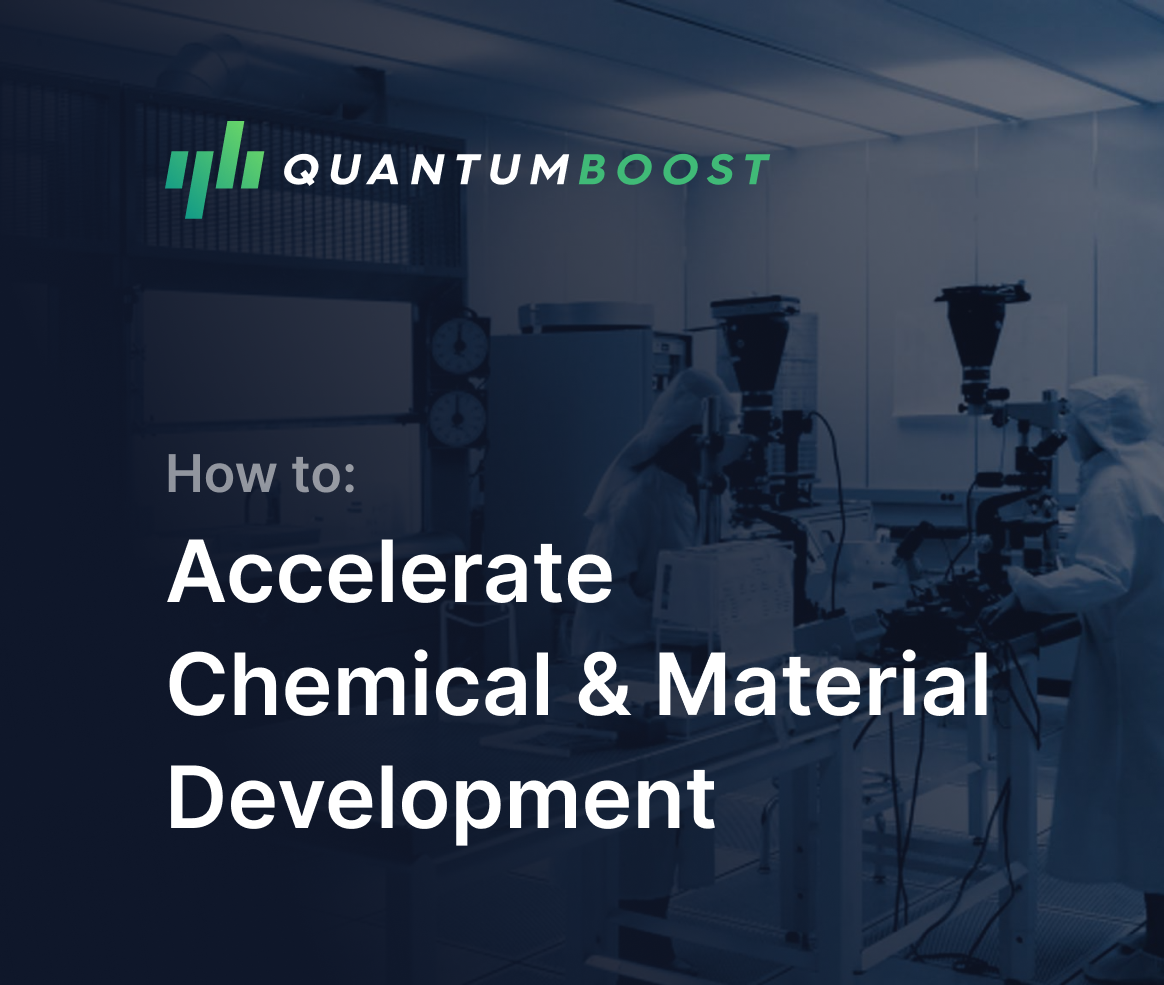
Feature article – An alternative to DoE
Submitted by:
Andrew Warmington
Akaam Shamerany from Quantum Boost unveils a transformative chemical and material development approach
In the world of chemical and material development, efficiency is crucial to avoiding wasting time and resources. Many rely on Design of Experiments (DoE) because of its systematic approach to conducting experiments.
However, despite its organised methodology, DoE often falls short in making the best use of resources and accelerating the development process. In fields like material and chemical development, its lack of flexibility often makes the process less efficient. Using DoE can consume a lot of time and resources and does not always guarantee valuable outcomes.
The primary aim of experimental design is to conduct the ‘best’ experiments, optimising information gathering, accelerating development and minimising costs. However, DoE faces challenges due to its static approach and initial randomness in selecting points within the factor space. This often hinders its ability to consistently identify and execute the most impactful and efficient experiments, limiting its utility in driving innovation.
A new alternative
Quantum Boost is a cloud-based platform that refines traditional experimental approaches in material and chemical development, focusing on enhancing precision and strategic progress towards project goals. What sets it apart from the traditional DoE methods is its capability to smartly guide experimenters toward making optimal choices, steering the development process more strategically and efficiently.
Quantum Boost incorporates an AI-driven approach that sharpens the focus of experimentation, cutting through the clutter and zeroing in on experiments that promise the most valuable insights. It uses advanced AI algorithms, particularly Bayesian optimisation, to navigate a complex factor space.
Unlike the usual DoE software, which can fail when dealing with high-dimensional, non-linear or non-convex problems, Quantum Boost works well in these tough situations. By integrating existing experimental data into its optimisation model, the platform helps users to reach your project objectives swiftly and accurately.
Figure 1 compares Bayesian optimisation and DoE in material and chemical development scenarios. The left graph shows Bayesian Optimisation achieving objectives much faster than DoE regarding the number of experiments, while the right graph its greater efficiency over DoE as the number of factors considered rises.
The Quantum Boost platform features an intuitive interface designed to align with the user's workflow. It handles the statistical complexities in the background, allowing users to focus more on the experimentation and less on the computational intricacies.
Case studies
In a case study involving 3D ink formulation, a company set out to evaluate the efficiency of DoE and Quantum Boost (Figure 2). Quantum Boost reached the set objectives within a few experiments. Its approach enabled the efficient exploration of various factors, pinpointing optimal conditions in a short span of time. By contrast, DoE method took a more extended period to approach its set objectives, requiring almost four times the number of experiments.
Quantum Boost in the Real World
Case Study 1: 3D Ink Formulation
The reason why DoE takes this path is more evident in a case where a company initiated a project to develop advanced protective coatings using the same two approaches. This trial was much more complex than the 3D ink formulation. Despite this, Quantum Boost achieved the company’s objectives in just a third of the experiments needed by DoE (Figure 3).
Case Study 2: Protective Coating
In another case study, a prominent lubricant manufacturer sought to enhance its product using the Quantum Boost methodology. Its aims were to exceed industry standards and surpass a competing lubricant’s properties by focusing on optimising two key factors: maximising Factor A and Factor C. Applying Bayesian Optimisation allowed for precise, data-driven adjustments that intelligently navigated the experimental process. The results produced (Figure 4) were three times better than the competitor’s.
Case Study 3: Lubricants
The DoE method took a longer, more convoluted route to meet its targets. This is because DoE is grounded in a systematic and structured approach, testing all possible combinations of factors at different levels. This comprehensive method ensures that all potential interactions and effects are captured, but it comes at the cost of time and resources.
Conclusion
Quantum Boost represents a powerful shift towards smarter, more efficient chemical and material development, driven by advanced AI technologies. Real-world success stories from major industry players confirm its impact. In the diverse applications discussed above, Quantum Boost has met expectations and surpassed them, demonstrating clear advantages over traditional approaches like DoE
It is an encouraging indication of the potential that AI-driven tools like Quantum Boost hold for the future. Embracing these innovative tools is not just an upgrade; it is a strategic move towards accelerating progress and enhancing the quality of outcomes in developing chemicals and materials.
Contact:
Filip Auksztol
CEO
Quantum Boost
+44 20 8434 1066
www.quantumboost.com
